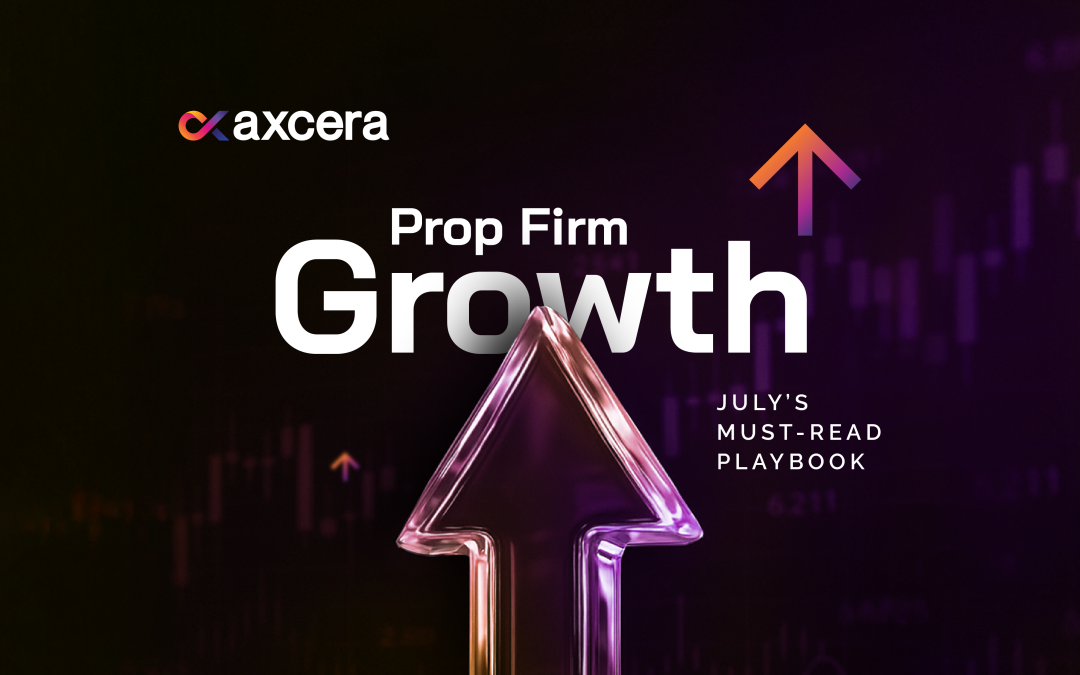During a bull run in financial markets where there are perhaps more opportunities to make money through trading and investment than there have been in a long time, many people are looking for ways to invest, trade and ultimately make money.
For some, that will involve flow trading or working with a trading firm to invest their money with the benefit of expertise. For others who have experience in the markets, it might involve trading individually, testing themselves against the market and keeping all of the profits (excluding fees).
In between the two extremes is proprietary trading, where the firm’s owner not only puts down the starting capital but organises the agreements with brokers, installs technological solutions and recruits innovative traders through profit-sharing agreements.
It goes without saying that there are risks involved with starting a prop trading firm, as there are with any form of market trading, and indeed with starting a business of any type.
However, whilst it is true that a big part of this risk comes from the fact that a firm’s owner supplies the capital rather than clients, that is not necessarily the full story, particularly for people who are choosing between investing with a firm or starting their own.
With that in mind, here are some of the common risk factors involved with starting a prop firm, and ways in which they can be mitigated.
Your Money In Other People’s Hands
Ultimately, whether you own the firm or invest with another, the core of both prop and flow trading for someone who chooses between starting the former or entrusting their money with the latter is that your money would be invested by other people with the aim of using their expertise to make gains that you otherwise could not as an individual.
The big difference is the level of control you have over that money once it is in the hands of investors, which means that starting a prop firm can allow for a lot of that risk to be mitigated.
Part of that is that a major part of the recruitment process involves a potential investor paying an application fee to join a prop firm.
This is typically paired with an evaluation process using a demonstration account, meaning that your money is only in the hands of people who can demonstrably prove they can trade effectively, consistently and within the rules and processes that you choose.
For many firms, the application fees are a major source of revenue, one that can offset potential losses when traders are trusted with live accounts, but some prop firms opt to keep people on demonstration accounts and duplicate more successful trades instead.
This can potentially limit potential profits, but it also can mitigate risk as well.
Setting The Rules Of Market Engagement
Typically, a prop firm is as risky as the levels of risk it allows itself to tolerate, and the delicate balance for many firms is allowing traders enough room within the rules to be innovative and make profits without leaving the firm vulnerable to a sudden lurch in the market.
This is why many prop firms set not only drawdown limits but profit targets that encourage consistent levels of growth rather than a more casino-style approach.
Many firms require stop-losses to be set and will have significant risk management requirements that if breached could result in the loss of a trader’s account.
Similarly, some firms ban or at least heavily restrict the use of extraordinarily risky strategies such as high-frequency trading (HFT), as well as trading of any kind during particularly volatile periods such as the release of news that will highly impact the market.
This helps provide some insulation from potential major impacts on the markets that could potentially lead to significant losses and help to cultivate positive consistent behaviours.
The rules you set will have an effect on the behaviours you will receive from the traders working for you, which goes double for risk management.
Only As Good As Your Tools
A person is only as good as the tools they use, so claimed the enigmatic writer Emmert Wolf. In the world of trading, this has become especially apparent.
Choosing the right tools tailored to the strategies, missions and aims of your prop firm can often help to reduce risk by minimising the potential for oversight when it comes to matters such as diversification and risk management.
Whilst not everything in trading can be automated, setting up tools that remind traders to set stop-loss orders and provide market information at a glance for them to observe trends can help them to make better decisions, which in turn means less risky ones.









